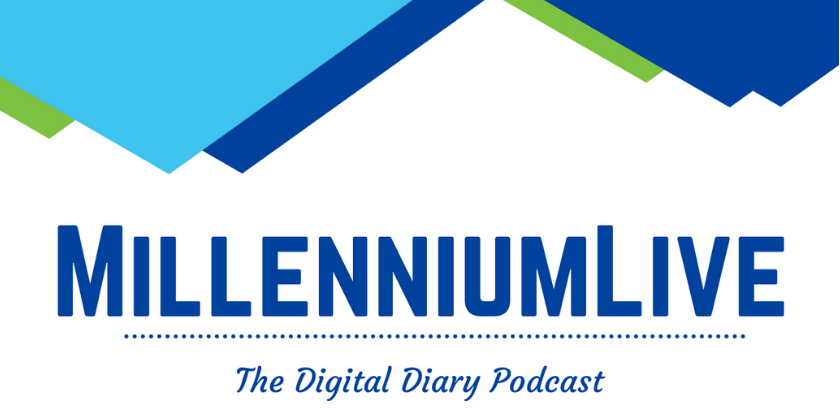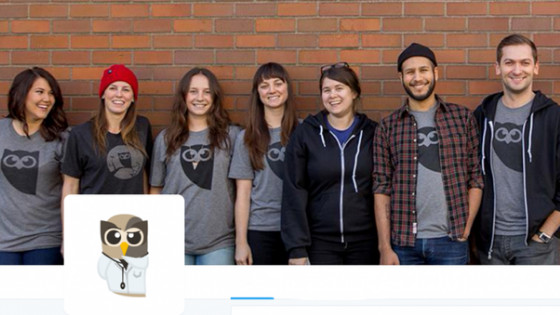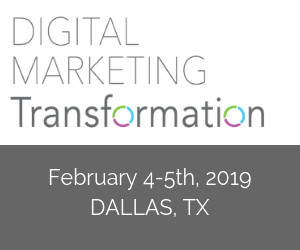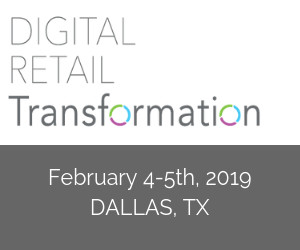The Millennium Alliance is waving goodbye to our Vice President of Marketing, Freya Smale, and welcoming a new member to our team. Seasoned marketing vet, Greg Dicso will take on her role as our new VP of Marketing.
As we send Freya off to a new chapter in her life back to her hometown in the U.K., we reflect on the hard work that Freya has done in creating and growing our marketing division. We also look to the future and what we are looking forward to when it comes to executing the visions of Digital Diary and beyond, with Greg now in charge.
Digital Diary has sat down with both Freya and Greg to recieve a first-hand look at their thoughts and ideas regarding the change. Take a look below!
Where It All Began…
The role of our VP of Marketing is no easy feat, but Freya took it on with stride. When Freya began her job in 2017, she had a clear vision in mind: to create a team of people passionate about showing the world the message of The Millennium Alliance. Through hard work and persistence, that vision came to life and now, our marketing and product team are an integral part of our company.
Since creating The Millennium Alliance Marketing Department almost two years ago, what do you hope to leave for the company and your team?
My hope for Millennium is that they continue to do what they do to the high standard they are known for. The best part of working for Millennium is the open-environment where innovation is welcomed.
I’m a little biased but the Marketing/Product/Client Services teams are at the center of the business and constantly push for positive change. I could not be more proud of how these teams tackle every challenge that comes their way! In just two years, we’ve launched events, launched and re-launched Digital Diary, founded a marketing team, put in place vital business processes and systems, and so much more!
I hope the teams continue to be the driving force behind the innovation and growth for the company and I can’t wait to see what they come up with next.
Was there something that surprised you when you first started working at The Millennium Alliance?
I was really surprised by how open everyone was to trying and experimenting. The biggest lesson I learned was that failing is okay. Rob and Alex are open to seeing what’s out there and understand that sometimes it doesn’t work! All they ask for is that you try your hardest and learn from everything you do.
What is your favorite memory of being onsite with your fellow staff members and C-Suite Executives?
Being onsite is always hard work but is always fun! Getting to see the finished product that you’ve been working on for months is hugely rewarding.
I can’t lie, but the team drinks post-event are a huge highlight. It’s great to get to celebrate with the rest of the team.
What are you looking forward to the most in the next chapter of your career?
I’m not sure what the next chapter is yet so that’s hugely exciting. I just hope that I’m lucky enough to work somewhere that encourages and challenges the way Millennium does.
“Working with Freya has been an amazing experience. I have learned so much from her, and am so grateful for the opportunity.” – Jenny Schecher, Social Media Manager & Client Services Director
“Freya is not only an incredible leader, but she is equally the greatest supporter and friend. You can always count on her to get things done to helping you out when you need it, all while bringing joy and laughter into the office (and British chocolates)! I will miss her very much and it is so sad to see her go, but she will do exceptional things no matter where she goes and I am so privileged to have worked with her this year – I am so thankful for you, Freya, you are the best boss ever!” – Catherine Hand, Marketing Coordinator
“Freya is one of the smartest individuals I’ve had the pleasure of working with. She always seemed to be two steps ahead with her forward thinking and has tremendously helped our marketing department. She will be missed by everyone!”- Josh Michi, Senior Alliance Director
“It has been an absolute pleasure working with Freya. Her dedication, creativity and leadership skills are only a few of the reasons she will be missed. Millennium has benefited greatly from her contributions and we wish her all the best!” – Victoria Rowland, Vice President, Human Resources
Where We Are Now…
Greg Dicso will become our new Vice President of Marketing, and we are excited for what Greg will bring to the table as he joins our team.
Tell us about where you were before The Millennium Alliance and what attracted you to the company?
Prior to joining The Millennium Alliance, I was most recently at Access Intelligence for five years, leading the marketing charge for a number of their largest conferences and trade shows. A big reason I was so attracted to joining the team here at The Millennium Alliance is the tremendous level of growth that this company has experienced in a relatively short period of time, in addition to the limitless potential for the future.
What excites you the most about stepping into such a vital role at The Millennium Alliance?
I’m incredibly excited to bring new ideas to the table to help build on the solid foundation that has already been established in the marketing department. There is huge opportunity to elevate this group to new levels and I’m thrilled to have joined such a dynamic and talented team.
Could you tell us about a few preliminary goals you have in mind for the company and for the marketing department?
For the company as a whole, I would like to further solidify The Millennium Alliance’s position as the premier networking and educational destination for top executive leaders across the globe. As for the marketing department specifically, a big priority early on will be to grow the Digital Diary and help it to reach its full potential as a leading content platform and community.
What was your first impression of Digital Diary and The Millennium Alliance community that’s been created?
I was extremely impressed with the Digital Diary and predict that this will be a vital part of The Millennium Alliance for years to come. Top notch content and key contributors will be the driving force behind building it into an established community, that members turn to daily to remain on the cutting-edge of their industry.
“Greg brings many years of industry experience and we are excited to continue to grow our brand and our footprint with his leadership and fresh ideas based on his global experiences. With so many new and exciting ventures coming in 2019, we know Greg will be leading from the front as we continue grow our C-Suite community.” – Nick Peacock-Smith, Director of Strategic Partnerships
“A new start means fresh ideas and a unique perspective on the future. I’m definitely looking forward Greg leading our team and I’m excited for what he brings to the table.” – Conor Tuohy, Producer, Digital Diary Content
With a goodbye, comes a hello. We are sad to see Freya leave but look forward to the future. Thank you, Freya, for all your hard work, dedication and passion you have shown our company.
ABOUT THE MILLENNIUM ALLIANCE
Headquartered in Midtown Manhattan, The Millennium Alliance is a leading technology, business, and educational advisory firm. Focusing primarily in areas such as business transformation, executive education, growth, policy, and need analysis. Millennium is quickly becoming one of the most dynamic locations for collaboration across the world.
Millennium Membership offers Fortune 1000 C-Level executives, leading public sector/government officials, and thought leaders across a variety of disciplines unique and exclusive opportunities to meet their peers, understand industry developments and receive introductions to new technology and service advancements to help grow their career and overall company value.






 Transformation Assembly this year!
Transformation Assembly this year!
 the digital marketing revolution is just getting started. CMOs and CDOs alike are seeking new ways to maximize their digital reach to attract new business to, as well as deliver enrich, personalized experiences to existing customers.
the digital marketing revolution is just getting started. CMOs and CDOs alike are seeking new ways to maximize their digital reach to attract new business to, as well as deliver enrich, personalized experiences to existing customers.

 Dallas in February to anticipate the highly complex digital retail environment that will develop over the next few years.
Dallas in February to anticipate the highly complex digital retail environment that will develop over the next few years.
 Healthcare Transformation Assembly
Healthcare Transformation Assembly